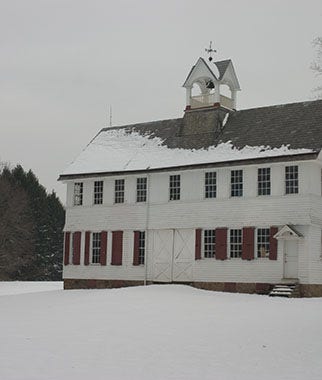We use cookies to give you the best experience on our website. These cookies are completely safe and secure and will never contain any sensitive information. Please read our Privacy Policy. By clicking "Ok" or clicking on any other content, you agree that cookies can be placed.
Snow Blankets
Gardeners are constantly concerned with weather. Of particular concern is the interaction of moisture with temperature. Too much or too little of either can be devastating to the garden and even careful planning can only go so far when weather extremes occur.
For perennials particularly the winter weather is of specific concern, but when really cold temperatures occur in the middle of the continent, there is generally a good amount of snow on the ground. A foot or more of snow will prevent the surface soil from dipping into the subzero temperatures even though the air temperature is well below zero. Additionally the snow will prevent wind chill from dehydrating the surface and any exposed vegetation. It is very noticeable that when these extremely cold ‘Siberian’ blasts occur, any vegetation above the snow line will likely be killed, whereas the parts that are protected by snow will survive. This is particularly noticeable on evergreen shrubs such as hedges of boxwood and holly as well as common shrubs such as spirea.
A more severe problem can occur when the snow cover is minimal or non-existent and the temperatures drop close to zero. In this scenario, common in more southern and easterly states, the cold temperature blasts are felt at surface level and any vegetation at, or above the soil line will take the full brunt of the icy wind. Moisture in the upper layers of the soil will freeze which in turn causes many perennials crowns to be lifted above the soil line. The crowns, tubers and any roots are far more likely to suffer frost damage when this happens.
The most common remedy is to mulch your perennial beds well in fall. The addition of a few inches of pine bark or other material will insulate the surface soil just enough to prevent heaving of the plants and give them a slightly better shot at survival. As the winter progresses it is wise to inspect the beds and reseat anything that has started to rise up.
If you are in an area that gets some snow, you can mound the snow from your driveway onto the perennial bed and thus create an insulated layer that is slightly deeper than nature had provided and this will help the plant to endure the long cold winter.
Gardeners cannot control the weather, but for the most part we can help the plants survive the winter and be there to greet us when spring finally comes around.

